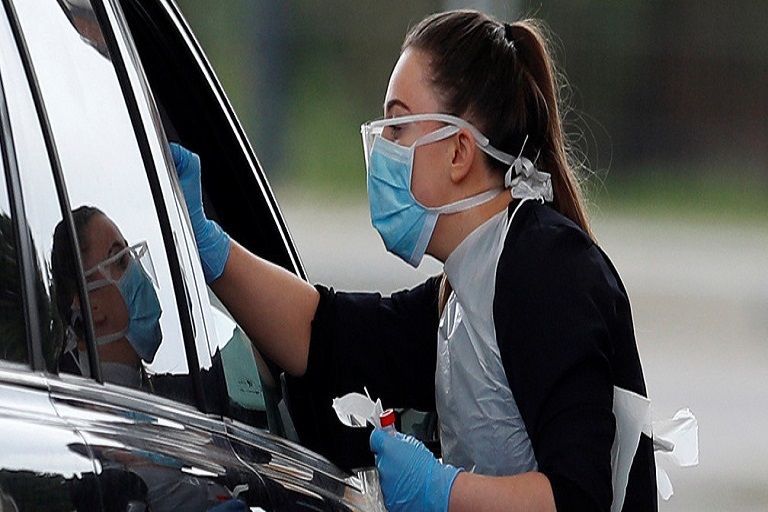Introduction
Sanitizing your vehicle is about much more than cleaning it. In fact, many cleaners for automotive interiors contain oils, to condition the materials. These cleaners are great to make your car shiny and pleasant-smelling, but they don’t kill viruses. Oil-based cleaners actually serve as a decent holding place for the virus to hang out.
Destroying the Virus
The COVID-19 virus is coated in a layer of lipid or fat that protects the genetic material within the virus. Break through the lipid layer and you disrupt the genetic material, rendering the virus inactive. You can make a mild bleach solution for your home, but bleach is not a great option inside your car. Not only do you risk damaging the surfaces of your vehicle, but you may trap the odor of bleach inside the space. Your best option inside the car is to use alcohol-infused disinfecting wipes.
Alcohol Wipes
Go ahead and clean out your car. Wipe down all surfaces with soap and water to remove plain old dirt. Clean the dash and other flat surfaces to get the dust off of them, and use glass cleaner on both the inside and outside of the windows and front and back windshield.
Then use alcohol or commercial disinfecting wipes to sanitize everything you touch in the car. Gear shift, steering wheel, radio buttons, any display screens, and your door and window buttons are a good start. Don’t use a spray cleaner; you don’t want any fluid dripping down into vents or soaking the electronics of door and window alarms.
Be Vigorous
Be sure to give the surfaces a good scrub. Not only will alcohol break down the lipid layer, but friction can also break through the protective lipid layer. You want the alcohol to stand on the surface for a bit, so if you need to use multiple wipes, do so. Be aware that the cleanser in many disposable containers can soak to the bottom. While you clean out the car and use soap and water for the initial cleaning, store your alcohol wipes upside down so the cleaning solution thoroughly soaks all the wiping cloths.
Condition
Once you’ve sanitized all the surfaces you touch, go ahead and use any conditioning cleansers as directed by the manufacturer. A disinfected surface can be conditioned and still be considered clean. In fact, a conditioning cleanser can reduce the risk of cracking of the soft surfaces on your center console and dashboard, which would create more spots for the virus to hide. Additionally, some alcohol wipes can leave a milky film on the surfaces you just disinfected. Just be prepared to use these several steps each time you disinfect the car to keep you and your family safe.
Your Mask
You may be tempted to take off your mask as soon as you finish errands and get back in the car. For those who wear glasses, this is more than a desire. It’s hard to keep your glasses clear in a mask. If at all possible, do not take off your mask in the car. The purpose of a mask is to reduce the number of active viruses that you expel when you exhale. However, if an infected person releases a virus and it’s caught in the moisture that is lodged in your mask, taking off the mask can dislodge the virus and re-contaminate your vehicle. If you must take off your mask before you can drive, carry a Ziploc bag in your purse or pocket. Handling your mask only by the ear elastics, gently remove it and seal it in the bag. Then you can wash it when you get home or discard it as needed. Unless you absolutely must, don’t reuse the mask until it’s been disinfected.
Conclusion
COVID-19 has made every surface a possible contagion field. To keep you and your family safe, it’s critically important that surfaces be both cleaned and disinfected. Don’t waste alcohol wipes on ordinary dirt. Use soap and water to clean away dust, debris and grime from the surfaces in your car. Then use your wipes to actively dissolve the lipid layer that protects the virus. Finally, condition surfaces to avoid excessive drying of the material or an unsightly milky film.
























